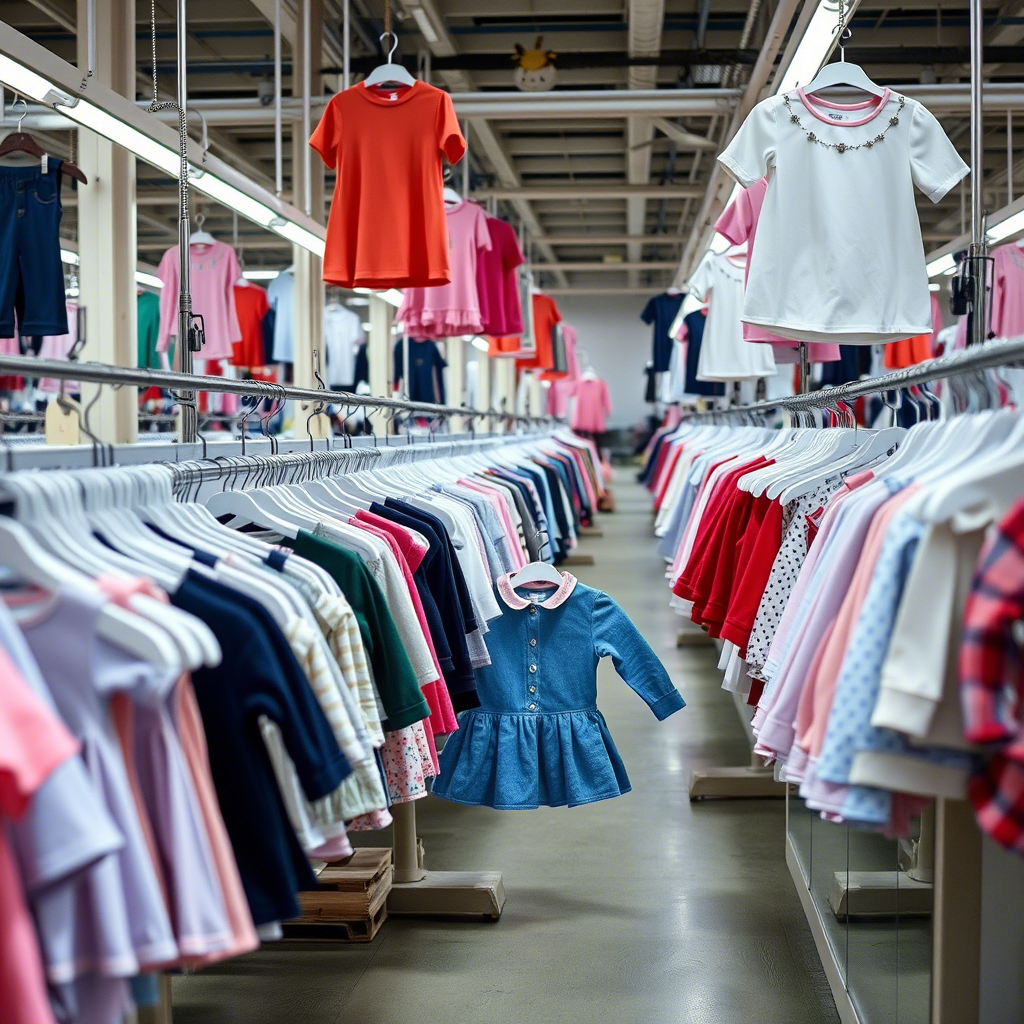Kids Clothing Manufacturers: A Comprehensive Guide
The kids clothing industry is a thriving market that has seen significant growth in recent years. With an increasing demand for high-quality, comfortable, and stylish clothing for children, manufacturers are working tirelessly to meet the needs of parents worldwide. The industry is driven by factors such as changing consumer preferences, advancements in textile technology, and the rise of e-commerce. As a result, kids clothing manufacturers are adapting to these changes by innovating their products, improving production processes, and expanding their distribution channels.
Understanding the Kids Clothing Market
The kids clothing market is diverse and dynamic, with various segments catering to different age groups, styles, and preferences.
- Market Size and Growth: The global kids clothing market is projected to continue growing due to increasing birth rates and rising disposable incomes among parents.
- Trends and Preferences: Current trends include sustainable clothing, comfortable fabrics, and fashionable designs.
- Consumer Behavior: Parents are becoming more discerning, seeking high-quality products that are both stylish and safe for their children.
 The vibrant kids clothing market is characterized by a wide range of products, from casual wear to formal attire. Manufacturers are responding to consumer demands by producing clothing that is not only visually appealing but also durable and comfortable.
The vibrant kids clothing market is characterized by a wide range of products, from casual wear to formal attire. Manufacturers are responding to consumer demands by producing clothing that is not only visually appealing but also durable and comfortable.
Key Considerations for Kids Clothing Manufacturers
To succeed in this competitive market, manufacturers must consider several key factors.
- Quality and Safety: Ensuring that clothing meets international safety standards and is made from high-quality materials is paramount.
- Sustainability: With the growing awareness of environmental issues, manufacturers are shifting towards sustainable practices, such as using eco-friendly materials and reducing waste.
- Design and Innovation: Staying abreast of the latest trends and incorporating innovative designs into their products is crucial for manufacturers to remain competitive.
Manufacturing Processes and Technologies
The manufacturing process plays a critical role in determining the quality and cost-effectiveness of kids clothing.
- Textile Selection: Choosing the right textiles is essential, with considerations including comfort, durability, and safety.
- Production Techniques: Manufacturers are adopting advanced production techniques, such as digital printing and automated sewing, to improve efficiency and reduce costs.
- Quality Control: Implementing stringent quality control measures ensures that products meet the required standards.
 For kids clothing manufacturers, staying on top of the latest fashion trends is vital. This involves not only designing stylish clothing but also ensuring that it is appealing to both children and their parents. For example, boys’ coats are a popular item among parents looking for both style and functionality.
For kids clothing manufacturers, staying on top of the latest fashion trends is vital. This involves not only designing stylish clothing but also ensuring that it is appealing to both children and their parents. For example, boys’ coats are a popular item among parents looking for both style and functionality.
Challenges and Opportunities
Despite the opportunities in the kids clothing market, manufacturers face several challenges.
- Competition: The market is highly competitive, with numerous players vying for market share.
- Regulatory Compliance: Manufacturers must comply with various regulations related to safety, labeling, and environmental impact.
- Supply Chain Management: Effective supply chain management is critical to ensuring timely delivery of products.
 To overcome these challenges, manufacturers are investing in advanced technologies and strategies to streamline their operations. For instance, adopting digital platforms for designing and marketing kids clothing can significantly enhance their reach and efficiency.
To overcome these challenges, manufacturers are investing in advanced technologies and strategies to streamline their operations. For instance, adopting digital platforms for designing and marketing kids clothing can significantly enhance their reach and efficiency.
Conclusion
The kids clothing manufacturing industry is a complex and evolving market. By understanding consumer preferences, adopting sustainable practices, and leveraging technology, manufacturers can capitalize on the opportunities in this market. As the industry continues to grow, it is essential for manufacturers to stay agile and responsive to changing demands. By doing so, they can not only achieve business success but also contribute to the well-being and happiness of children worldwide.

Comments